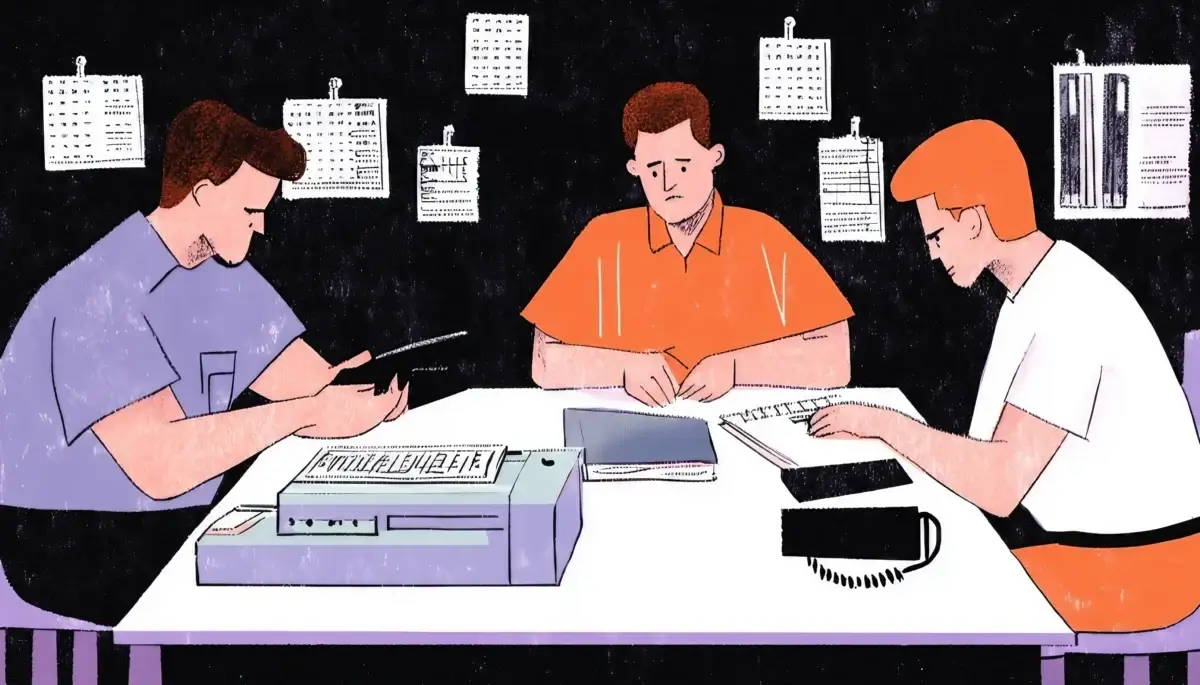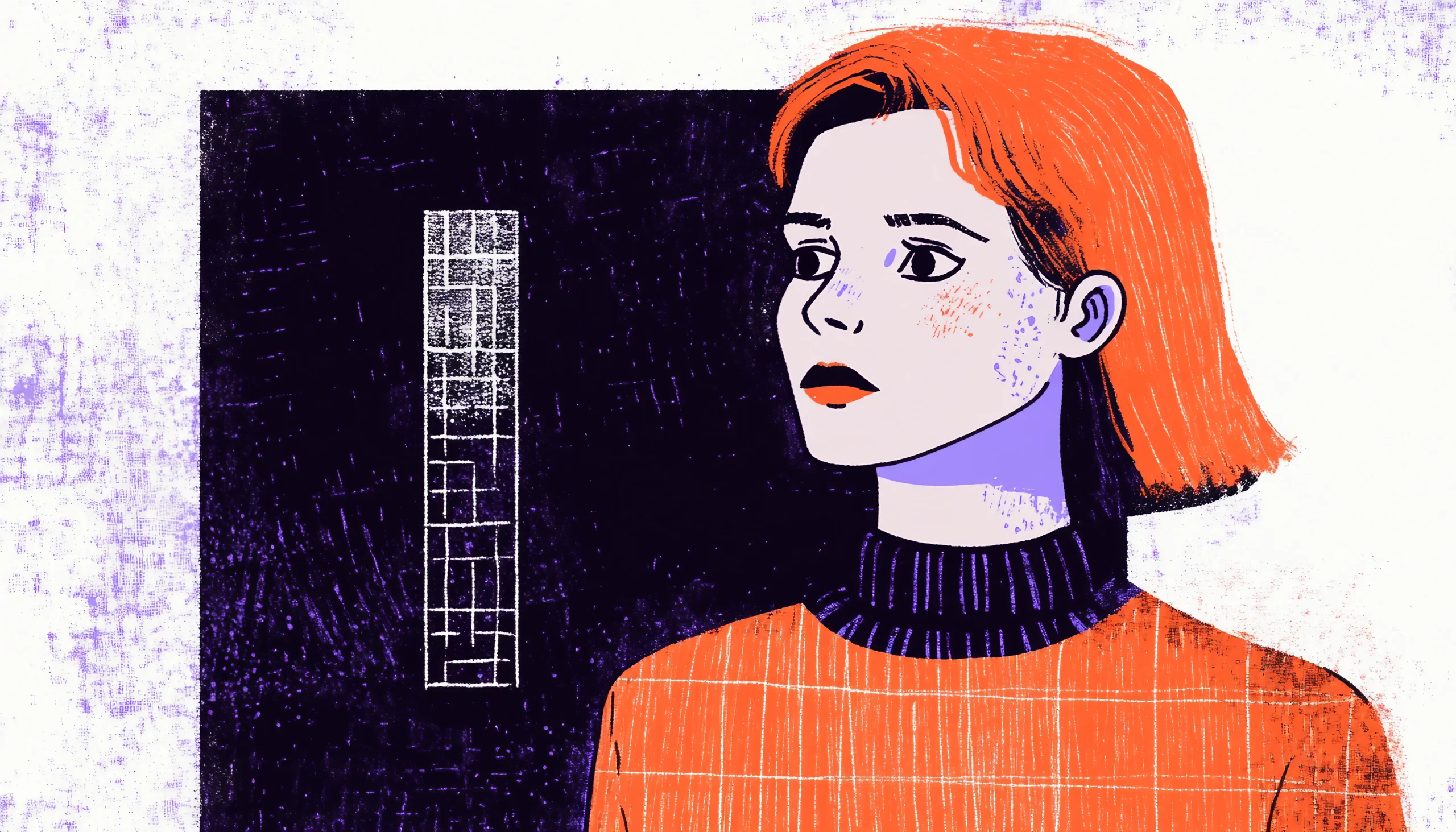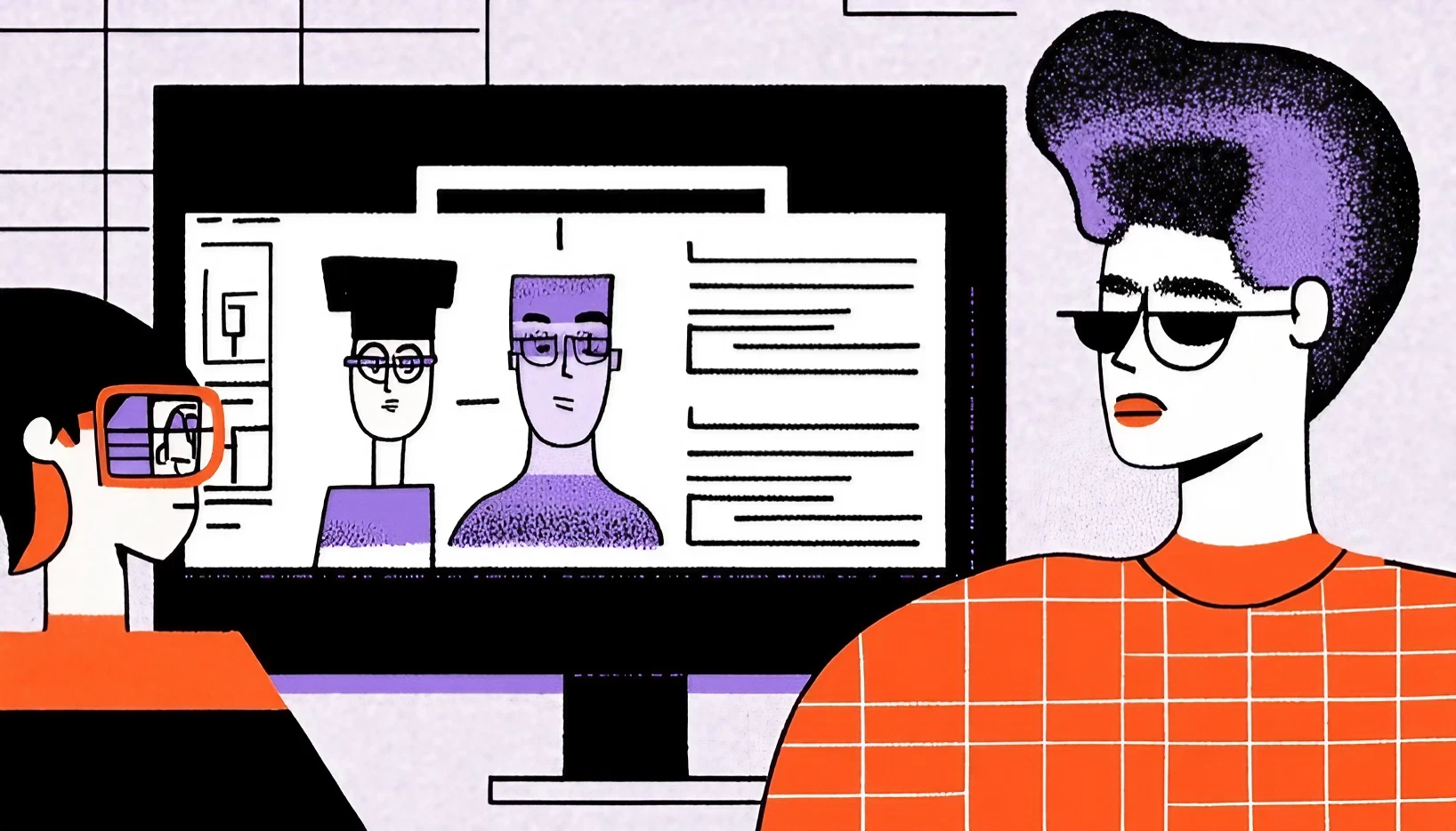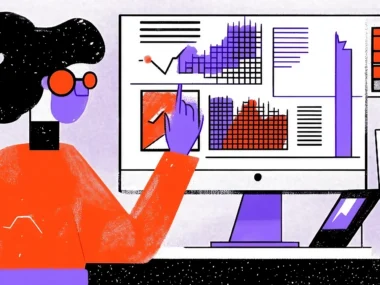Why Field Studies Are So Insightful
Contextual inquiry, sometimes referred to as field studies, lets you enter consumers’ homes and see how they utilize your product in their natural surroundings. Imagine seeing a remote worker handling several jobs with a project management application or a healthcare professional utilizing a patient-tracking software on a crowded hospital floor. These studies offer a thorough awareness of users’ routines, problems, and contextual influences—insights that office-based research might ignore.
Imagine it this way: In a controlled environment, you can only know how consumers claim they would utilize a good. In a field research, though, you may observe their real use of it. An employee using inventory software in a warehouse, for instance, may routinely go between screens to inspect things, therefore wasting crucial time. Seeing them in use exposes particular pain spots that guide sensible design enhancements, such as shortcuts or quick-access buttons.
Field research reveals the physical, social, and situational elements influencing user experiences, therefore transcending simple encounters. Field research might reveal, for example, how limited desk space influences users’ use of a desktop-based application or how ambient noise in a busy workplace affects users’ ability to focus on sophisticated software. These realizations help designers to produce goods that are not only useful but also fit for the surroundings of consumers.
Conducting a Successful Field Study
Your job in a field study is more of a silent spectator than of an active researcher. Here’s how you ensure your field research catches real, worthwhile insights:
Prepare Thoughtfully
Familiarize yourself with the use cases and user environment of the product before the research. If you are researching a delivery app used by drivers, know the particular difficulties they have on the road. This preparation helps you to see little interactions, such as how drivers manage the app while juggling delivery and navigation chores.
Blend In and Stay Unobtrusive
Try to stay as quiet as you might be throughout the research. Steer clear of disrupting consumers or dictating their behavior. Your objective is to see natural interactions; hence, fight the need to step in with questions or ideas. For example, let users try to resolve a problem themselves instead of intervening; this will highlight important usability problems.
Observe Everything, Even Small Details
From body language to facial expressions to nonverbal reactions, pay great attention to every facet of user behavior. A nurse using a healthcare app might, for instance, rapidly scan screens yet hesitate when entering patient data. This uncertainty might point to a poorly constructed input field or data-entry choice confusion. These kinds of detailed observations offer insightful analysis of design problems.
Take Notes and Capture Visuals (When Possible)
Carefully note your observations. Take pictures or videos of the user’s setup, gestures, and interactions if suitable and with permission. Visual documentation lets the design team see precisely what users encounter. For instance, a picture of a packed warehouse where workers manage orders using tablets might help designers grasp spatial restrictions and the need for bigger touch targets.
Ask Contextual Questions
While you will largely see, occasionally contextual questions can reveal further information. If a user finds a feature difficult, wait until they have completed the activity and then ask something like, “What would have made that process easier?” These questions allow users to contemplate potential obstacles or desired enhancements without disrupting the natural flow.
Summarize Environmental Factors
Following the research, include any environmental factors that can affect usability. For instance, it could mean that the program lacks necessary integration tools if you find that a remote worker regularly moves across software tabs. Finding environmental elements helps you to better grasp user wants and the necessary changes to enhance their experience.
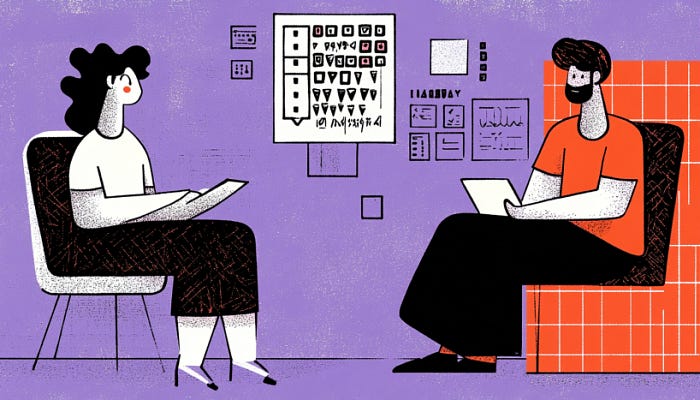
When to Use Field Studies
When context really counts, field research is perfect—especially for goods consumers interact with in unique places or under specific conditions. The following situations show how field studies offer special insights:
Designing for Highly Specific Environments
Field studies expose the limitations and requirements of environments utilized in sectors including healthcare, manufacturing, or hospitality, for items used in different work situations. Imagine you are creating a smartphone app to track patient information for nurses. Field experiments conducted at a hospital underscore the need for an easy-to-use interface since they reveal how the fast-paced, distracting surroundings affect their capacity to input data rapidly and precisely.
Understanding Routine and Workflow
Understanding products employed in complicated processes depends on field research. For a retail store’s point-of-sale system, for example, seeing the complete cashier process—scanning things, controlling the register, resolving customer requests—opens certain demands and efficiency-oriented possibilities. Perhaps the cashier finds it difficult to swiftly identify product categories or maybe enters coupon codes. These findings guide focused enhancements meant to smooth out operations.
A field study helps you to grasp how several dynamics influence usability when several users share a device or system. In a co-working environment with common booking kiosks, for instance, watching user interactions can highlight issues including inadvertent logouts or trouble negotiating shared interfaces. Larger buttons or clearer instructions could help users, therefore improving their experience and hence the experience of all users.
Gaining Insights into Physical Constraints
Without observing users in their actual environments, it can be difficult to anticipate physical constraints such as screen size, lighting, or accessibility. Field research, for example, might reveal how lighting affects screen visibility or how wearing gloves impacts touch interactions when designing a dashboard for industrial workers using handheld devices. This contextual awareness allows designers to adapt the interface to these physical limitations, enhancing both accessibility and efficiency.
Example: Real-World Impact of Field Studies
Assume for the moment you are creating software for road-based package management for delivery drivers. You do a field study spending a day with drivers as they negotiate routes, handle parcels, and review delivery information on their devices. You find throughout the study that many drivers had to take off their gloves to engage with little on-screen buttons, therefore wasting precious time and upsetting their workflow. Furthermore, you find that the brightness of the screen is difficult to rapidly change, which makes viewing in different lighting environments challenging.
These findings lead you to advise the app a quick brightness toggle and bigger, glove-friendly buttons. Seeing drivers in the field, where these little changes can greatly increase usability and efficiency, would have helped one to appreciate these gains.
Field studies help you to observe the larger picture of users’ surroundings and processes, therefore revealing information difficult to obtain in a controlled context. You can make your product really match their needs and guarantee a more flawless user experience by merging into the background and watching how customers negotiate their real-world environments.




